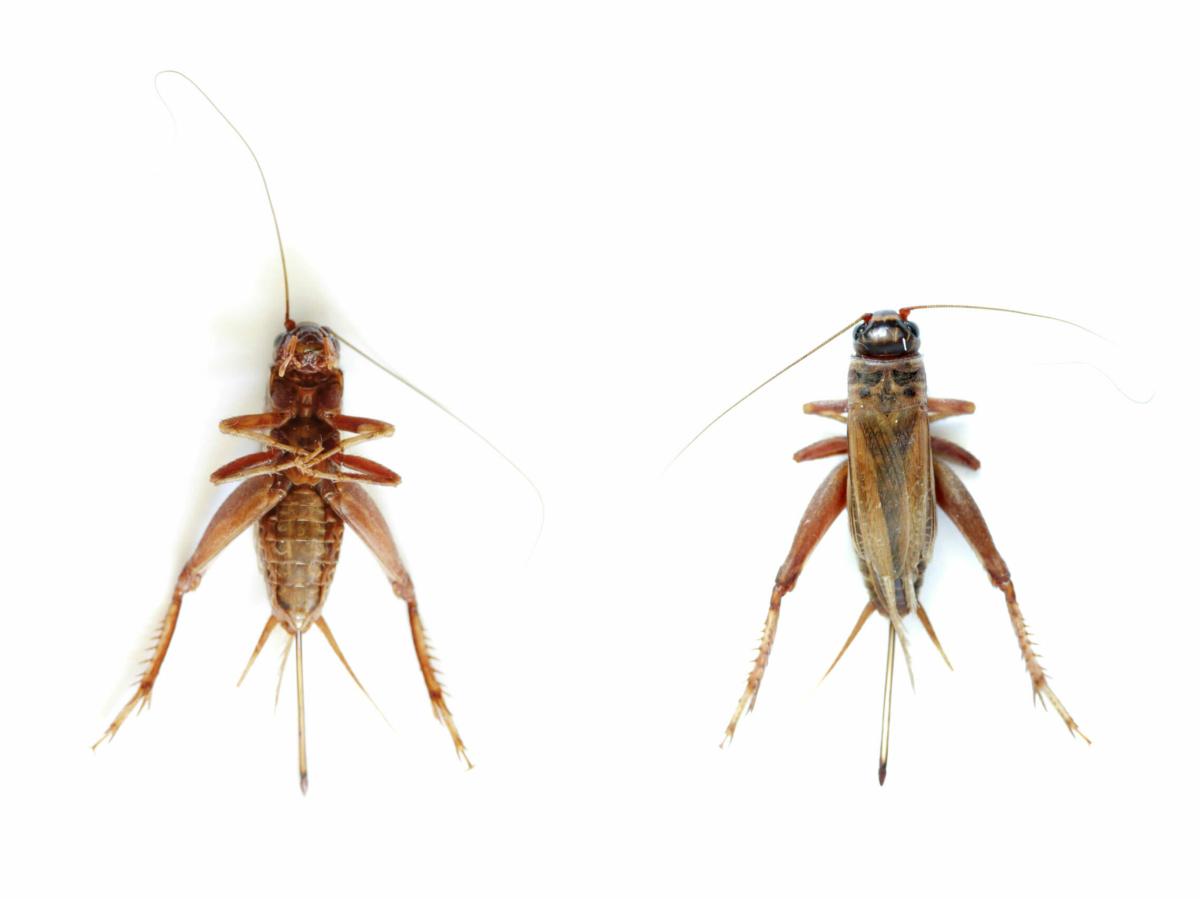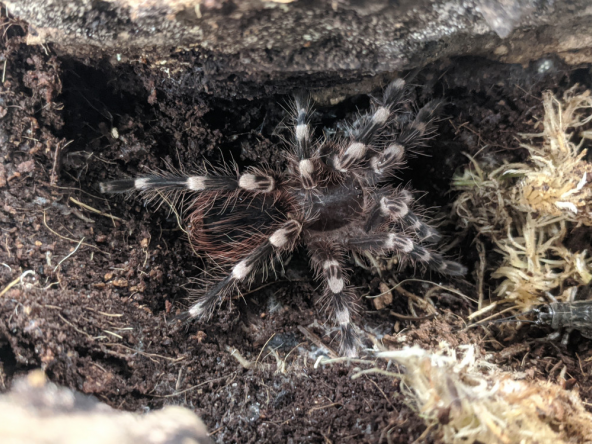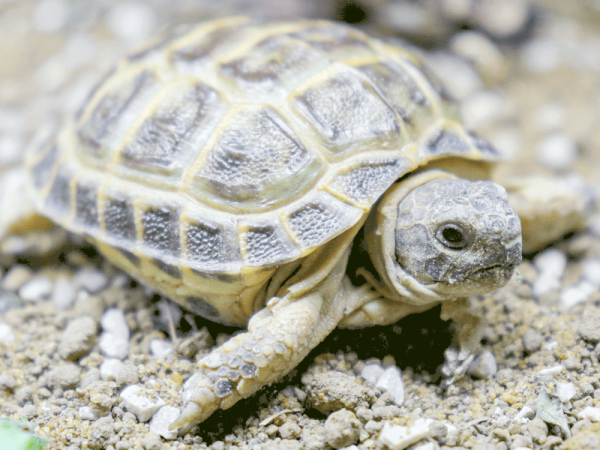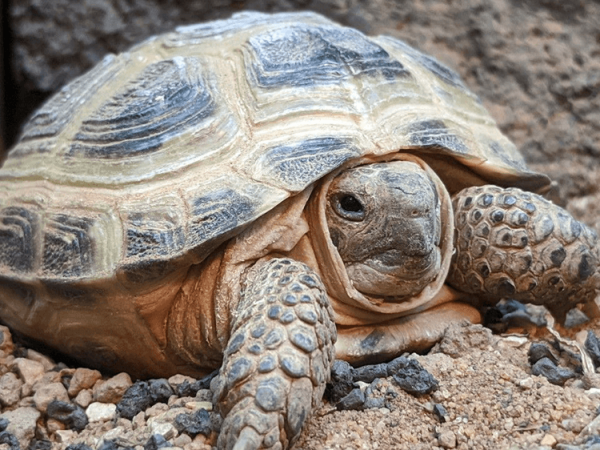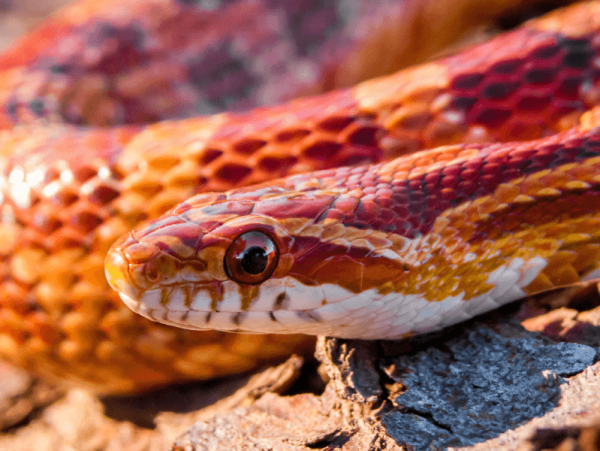How to revive dormant livefoods
The cold winter months have finally arrived, and with them come a plethora of potential issues with regards to shipping online orders, from delivery drivers getting stuck in the snow, to reptile livefood, such as live mealworms, crickets and other livefoods appearing dead on arrival.
Why do insects appear dead on arrival during cold weather?
This is because the majority of insects sold as livefood for reptiles hail from warm or tropical climates, and are not very tolerant of our low, British winter temperatures, and can go into a hibernation-like state termed diapause. The cold weather triggers hormonal changes within the insects, mainly those hormones involved in growth, triggering the insect into the dormant state.
What do we do to try and avoid this?
Here at Swell Reptiles, we ship out the highest quality livefood around, but it can still be affected by the cold weather. We try our very best to ensure that all livefood ordered through us remains warm and arrives in an acceptable condition, by using different packing methods depending on the outside temperature, for example, packing them with transport heat packs and adding more insulation inside the outer cartons, and around the live food tubs when experiencing cold weather.
However, despite our best efforts, the biting temperatures can still send your livefoods into diapause during the shipping process, often leading customers to report them as dead on arrival. Some livefoods also tend to travel better than others in these temperatures, for example, crickets don't tend to travel as well as Dubia cockroaches or locusts.
What can I do if my livefood is in diapause when it arrives?
If you find yourself in this situation, we have a few helpful instructions to try to revive your livefood below, but of course, there are times when the temperature is so intense that it can cause the live food to die, so if this guide doesn't help you to revive them, don't hesitate to contact us and we will be happy to help.
- When your livefood arrives, unpack the tubs from the outer boxes immediately.
- Lay all livefood pre-packs one by one, allowing adequate airflow between them.
- Place the livefood pre-packs in a warm room, sitting somewhere between 15-25°C (59-77°F).
- Do not apply external heat sources to the insects, including heat packs/mats/strips, shining lights and so on. This step is particularly important, as warming the livefood too quickly can send them into shock and kill them.
- With bulk quantities of livefood, hold the bag horizontally and carefully shuffle the bag around to spread the insects around, then leave the bag laid horizontally in a warm, dry place, within the temperature range stated above.
- Please allow plenty of time as the insects recover slowly, and it can take up to four hours of warmth for them to completely come around.
- Once your livefood is revived, give them some fresh greens with a supplement to help replenish lost nutrients during the diapause state, and provide higher nutritional value to your beloved reptiles.




